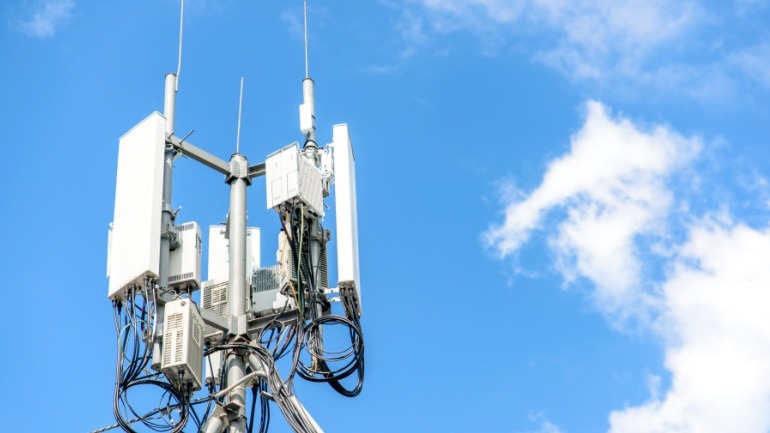As 5G technology continues to mature, leading global wireless carriers are competing to be the first to advance from the non-standalone (NSA) mode of 5G, in which a 4G LTE core is combined with 5G capabilities, to a standalone architecture (SA) 5G network. T-Mobile US, one of the largest carriers providing wireless voice, messaging and data services in the United States, has announced the launch of its SA 5G network. The operator claims to be the first in the world with nationwide coverage using this next-generation wireless technology.
In a news release, T-Mobile said that the launch expands its 5G coverage by 30 percent and will cover nearly 250 million people in more than 7,500 cities and towns throughout the US. With faster speeds, lower latency and huge connectivity capabilities, SA 5G signifies the launch of a 5G core network, ending the reliance on legacy LTE architecture. T-Mobile said SA allows the company to unleash its entire 600 MHz band spectrum and enables it to provide significantly increased connectivity, covering hundreds of square miles from a single tower and going deeper into buildings than ever before.
Neville Ray, President of Technology at T-Mobile, said, “Since Sprint became part of T-Mobile, we’ve been rapidly combining networks for a supercharged Un-carrier while expanding our nationwide 5G footprint, and today we take a massive step into the future with standalone 5G architecture. This is where it gets interesting, opening the door for massive innovation in this country — and while the other guys continue to play catch up, we’ll keep growing the world’s most advanced 5G network.”
The US carrier said that SA will help to create an environment where transformative applications are made possible, including servicing connected self-driving vehicles, delivering supercharged IoT, and achieving real-time translation. Moreover, T-Mobile engineers have already noticed up to a 40 percent improvement in latency during testing in SA areas, and that is just the beginning of what can be accomplished with standalone 5G.
T-Mobile has worked closely with Cisco and Nokia to build its 5G core, and cooperated with Ericsson and Nokia for the high-tech 5G radio infrastructure. In addition, tech giants such as OnePlus, Qualcomm Technologies and Samsung have helped the operator to ensure existing devices can access SA 5G with a software update, based on available compatibility.







